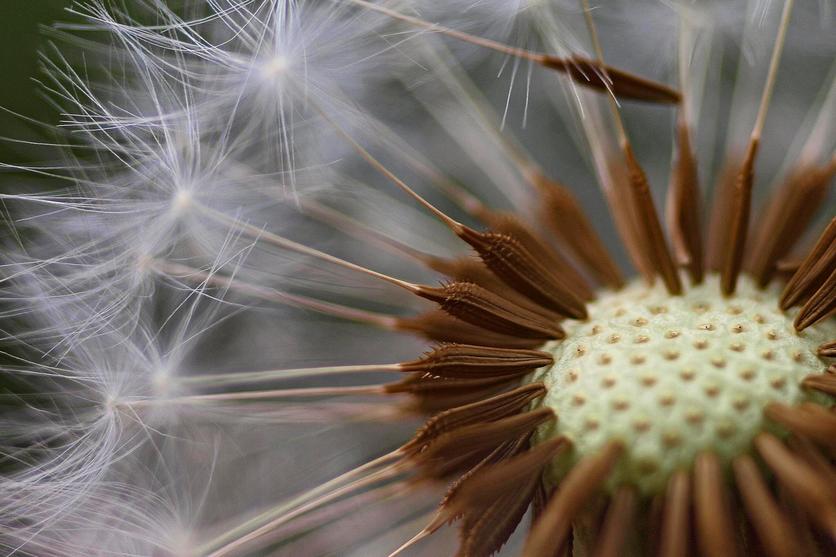Plant reproduction is a topic that lends itself to many areas within the junior and middle school curriculum. This teacher resource provides a number of literacy and numeracy links to New Zealand Curriculum levels 1 and 2.
Note: This resource is intended to encourage links across the curriculum areas. Reading or writing about science concepts is only one aspect of a science programme. An effective science programme challenges students through activities, discussion and reflection.
Below are suggestions for:
Reading
The science articles The seed-flower life cycle and Seed dispersal were written with younger students in mind. Consider using these as shared reading or for small group reading.
Here is a selection of readers appropriate to this topic. Please check your own reading resources to supplement this list.
| Ready To Read
|
|
| PM |
|
| Foundation |
|
| Sunshine
|
|
| Junior Journal |
|
| School Journal
|
|
| Connected |
|
| Te Tāhuhu O Te Mātauranga |
|
Writing
- Write a recount of one of the student activities. Develop a list of subject-specific vocabulary for students to use.
- Write about dispersal from a seed’s point of view. This is creative writing, but suggest students use the appropriate dispersal method and subject-specific vocabulary.
- The activity Seed dispersal puppet play has a written storyboard and opportunities for a written voiceover to narrate the play.
- The activity Pollination role-plays has a written component.
- The activity Student-led investigations about seeds has a written component.
Numeracy
- Use plant parts (for example, fern fronds or flower petals) as a means of non-standard measurement. Students work in pairs to measure a distance by counting the number of times they can place the frond or petal end to end.
- Extend the activity by using different sized fern fronds or petals. Leave it to the students to notice the different measurement outcomes. Then discuss why we have standard units of measurement like the metre or centimetre.
- Graph results from the Student-led investigations about seeds activity.
- Check out this rates and ratios activity Seed packets (Proportions and Ratios, AP, Stage 8).
For more resources linking science and gardens and plants, see our Garden collection – full of resources to support planning to develop a school garden. Sign in to make this collection part of your private collection, just click on the copy icon. You can then add additional content and notes and make other changes. We also have a Garden science Pinterest board.
Useful link
The Biological Husbandry Unit Organics Trust (BHU) is a joint venture between Lincoln University and the New Zealand Organic Movement, it includes The Organic Store with 13 activity pages.



